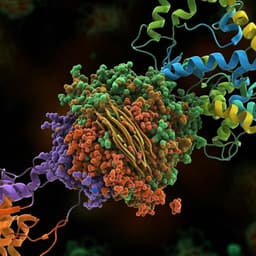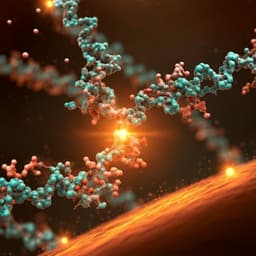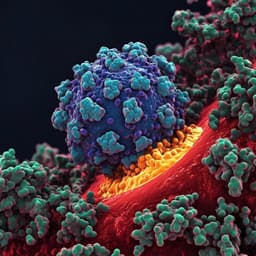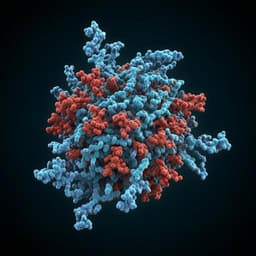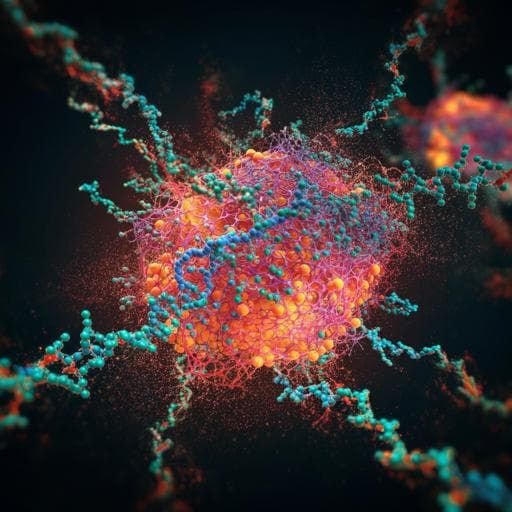
Medicine and Health
Molecular insights into receptor binding of recent emerging SARS-CoV-2 variants
P. Han, C. Su, et al.
Exciting new research led by Pengcheng Han and colleagues reveals that multiple SARS-CoV-2 variants enhance their ability to bind to human cells, potentially increasing infection rates. This study not only identifies crucial molecular interactions but also presents soluble hACE2 proteins as a promising barrier against these variants, opening avenues for innovative therapeutic strategies.
~3 min • Beginner • English
Related Publications
Explore these studies to deepen your understanding of the subject.



